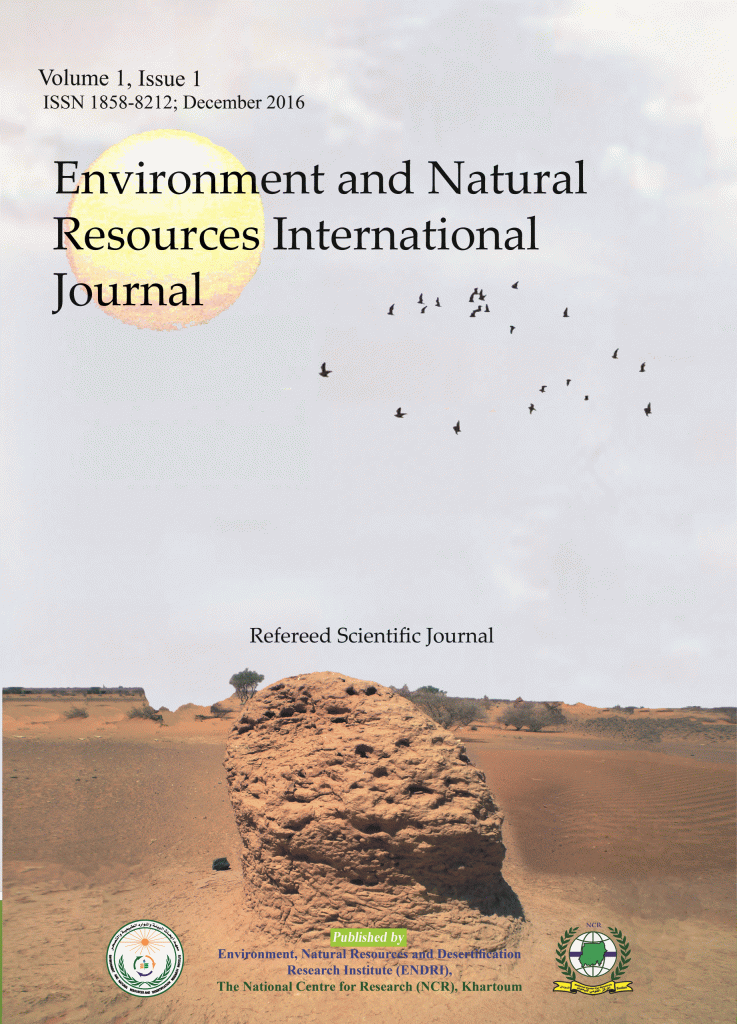(85-92) Suad Ahmed Mohammed Osman (2016) Modification and Evaluation of the Traditional Pottery Water Pot for Avoidance of its Technical Shortcomings and Improvement of Water Quality

Suad Ahmed Mohammed Osman
Environment, Natural Resources & Desertification Research Institute, National Centre for Research, P.O. Box 6096, Khartoum, Sudan
Corresponding author, E-mail: wuhhab@yahoo.com, Mobile: 0915388727
Accepted: 1st December 2016, Published: 31st December 2016
Abstract
The widely used pottery water pot for drinking water storage in Sudan and other developing countries is disadvantageous. The water inside the pot is exposed to contamination, algal growth and deterioration of quality due to loss of filtered water. Therefore, a research study to overcome these shortcomings was conducted at the Environment, Natural Resources and Desertification Research Institute, Khartoum, Sudan. The pot was modified into two chambers aligned vertically and pasted with adhesive material. The upper chamber was made of permeable pottery, while the lower one was made of sparingly permeable. The lower chamber opens to the exterior via a tube (pressure regulator) fitted at its upper end, and was connected to a tap at its lower one. The volume ratio of the upper chamber to the lower one was 3:1. Operation took place by filtration and pressure regulation by: turning off the tap, filling the upper chamber with the water in question and opening the pressure regulator to maintain the atmospheric pressure in the lower chamber. Water filtered from the upper chamber was collected in the lower one until water droplets were seen dripping through the pressure regulator which was then closed. The upper chamber was cleaned and refilled with the water in question. Collection of filtered water took place through the tap leaving a vacuum in the lower chamber that accelerated the rate of filtration. In addition, an alternative model for the lower chamber made of aluminum sheet was also designed, but so far, evaluation was only made for the model that both of its chambers were made of pottery. Parameters tested included; efficiency in improving water quality for turbidity, total count of bacteria, total dissolved solids, productivity of filtered water and drop of temperature. Water samples studied were collected from the Blue Nile River and from wells in Khartoum south. Results showed that the removal efficiency of turbidity, bacterial cells and total dissolved solids were ranged between 98.7-99.9%, 97.0-97.6% and 18-21%, respectively. Productivity of filtered water was 24-28% and 29-31% before and after evacuation, respectively, while the drop in water temperature was in the range of 11- 15%. Hence, this improved model is recommended to be used instead of the traditional pottery pot, and more research can be attempted for further improvement.
Keywords: Filtered water, pressure regulator, water turbidity, upper chamber, lower chamber.
